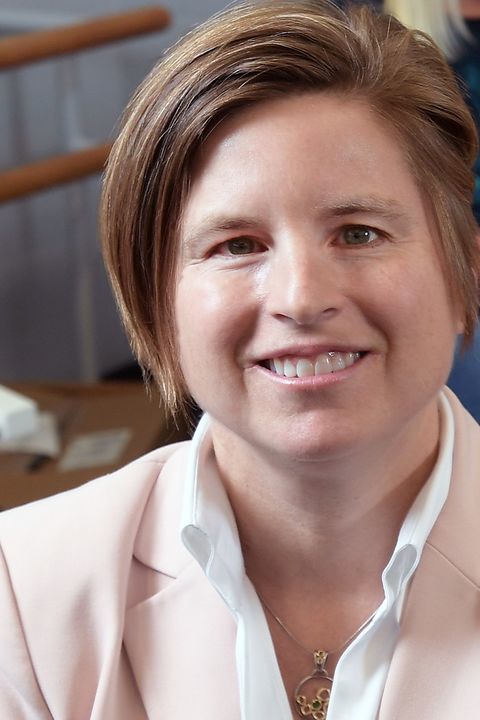KSU professors’ research shows ballroom dance is beneficial for people living with Parkinson’s
July 18, 2019
Many people live with Parkinson’s disease, a progressive nervous system disorder that affects movement, but struggle to find a way to alleviate the symptoms. Angela Ridgel wanted to find the best ways to help those with Parkinson’s disease.
Ridgel, an associate professor of exercise science, was inspired by a report from Washington University School of Medicine in St. Louis that found tango improved Parkinson’s symptoms better than waltz or foxtrot. Ridgel suggested it could be because tango has more variability in movement and rhythm of the music. She wanted to understand the physiology behind the movements in these dances.
Ridgel’s research partner Joan Meggitt, a former dance professor at KSU, specializes in the movements of dance and analyzing postures. Meggitt and her assistant observed what participants were doing to determine the most effective movements.
One of the best parts of the ballroom class is that it requires the person to be “intentional,” Meggitt said.
“Taking a class like that is practice in planning ahead,” Meggitt said. “So, they take all the different steps that they know and begin to plan ahead and use them in different combinations and different ways.”
Another partner for the project is Fred Discenzo, an engineer and trained ballroom dancer, who teaches a dance class for people with Parkinson’s once a month in Cleveland. During each class, he goes through a series of ballroom dances including tango, waltz and foxtrot.
Together they decided to follow movements of volunteers from Discenzo’s class and record features of those dances to understand why tango is so much better.
They applied for a grant from the Brain Health Research Institute and were awarded $10,000 to do research on the effects of ballroom dance on patients with Parkinson’s disease.
Each patients’ functionality was measured on a small obstacle course before and after they took Discenzo’s dance class. Then, data was collected from the dance movements using sensors on each leg, each arm and on either side of the torso.
“We want to determine what type of movement is important for improving function in order to design a dance intervention program for people with Parkinson’s,” Ridgel said.
Their research showed overall improvement in range of motion and motor function after a single class. The greatest improvement was in the function of the left hand.
“We had a small sample size and we’d like to have a larger sample size that goes for a longer period of time,” Meggitt said.
In August, they will start to collect more data with more volunteers, Ridgel said.
“We’ve collected data on six people, we presented it a couple of times but we’d like a little more data,” Ridgel said. “In August we’ll start doing it again, he teaches it every month so we’re going to go out and get more data just because six wasn’t really a large enough sample.”
Isabel Illig covers research and hiring. Contact her at [email protected].

























